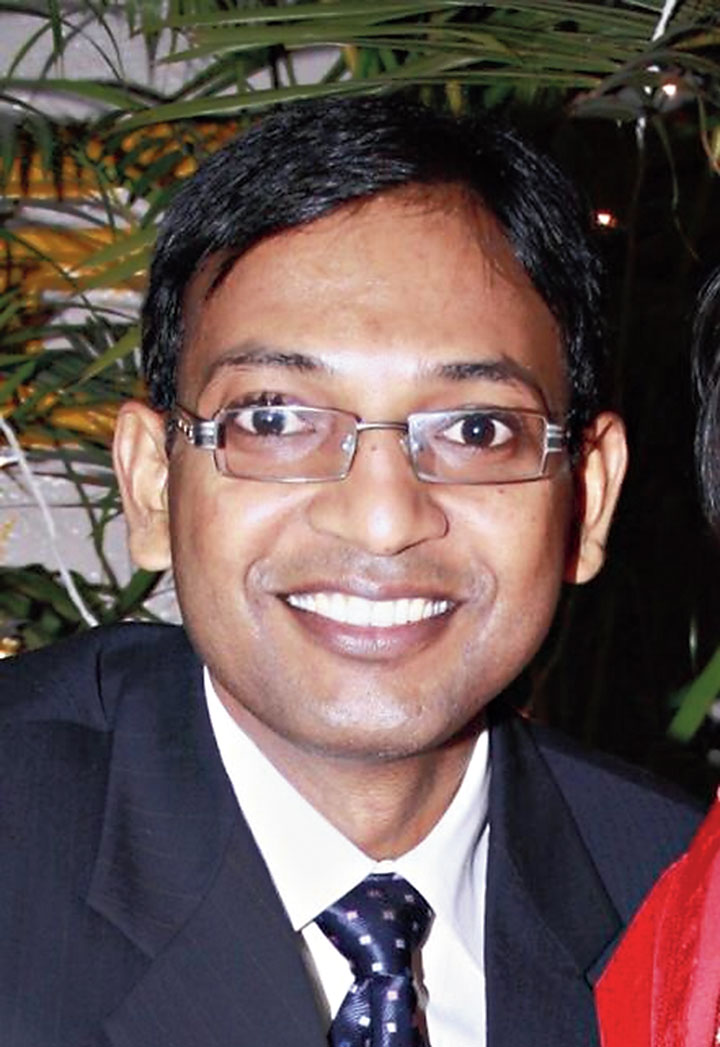Yoga is a combination of different postures (asanas), breathing techniques and meditation. It can be helpful in lowering heart disease risk and in cardiac rehabilitation post-heart attack or post-cardiac surgery. When we talk of heart disease risk, there are non-modifiable risk factors such as normal ageing process and different person’s hereditary traits, and modifiable risk factors such as less physical activity, increased stress, food habits, smoking, etc. Yoga advocates that “prevention is better than cure” and it focuses on reducing these modifiable risk factors.
It helps persons feel calmer and more balanced both physically and mentally.
It is unique because it incorporates physical activity, breathing and meditation. Each of these elements positively affects cardiovascular risk factors, such as lowering blood pressure, lowering weight, lowering blood sugar levels and lowering level of harmful LDL cholesterol.
Yoga decreases stress levels and reduces anxiety and depression.
Note of caution
It should be kept in mind that yoga is not a cure for all heart ailments and has its own limitations. All yoga postures are not for patients with heart diseases. People with prior heart diseases should take advice of their doctor before starting yoga and start with gentler asanas under expert guidance.
Patients with heart disease should avoid poses that makes the heart work more vigorously. Such patients should avoid inverted poses as the heart pumps blood against gravity, thereby exerting more pressure. Try to refrain from postures such as chakrasana, halasana, sirshasana, sarvangasana, etc.
Also, patients with heart disease and high blood pressure should avoid practising kapalbhati and bhastrika pranayama. If practising kapalbhati, exhalation should be gentle.
Pranayama can be done slowly and with certain limitations. There should not be any strain during pranayama.
Do yoga in a well-ventilated room or in open space. It should not be done immediately after meals.
Also, those doing yoga should not go for breathing exercises which ask for holding one’s breath for a few moments. They should first learn the art from any expert and start doing it only under the guidance of the expert.
In case of tiredness or feeling of discomfort, stop doing pranayama and lie down in shavasana and relax.
Do not do any strenuous exercise after pranayama.
Patients with heart failure, or those who feel breathless after minimal exertion should not do pranayama.
To summarise, those who are healthy, incorporate yoga in day to day life to prevent heart and other diseases and remain healthy and stress-free. And those who are already having heart diseases, practise yoga slowly; once you are stable to improve your quality of life and reduce further risks.
The writer (DM Cardiology from CMC, Vellore, a Patna-based senior interventional cardiologist) spoke to Sanjeev Kumar Verma of The Telegraph










